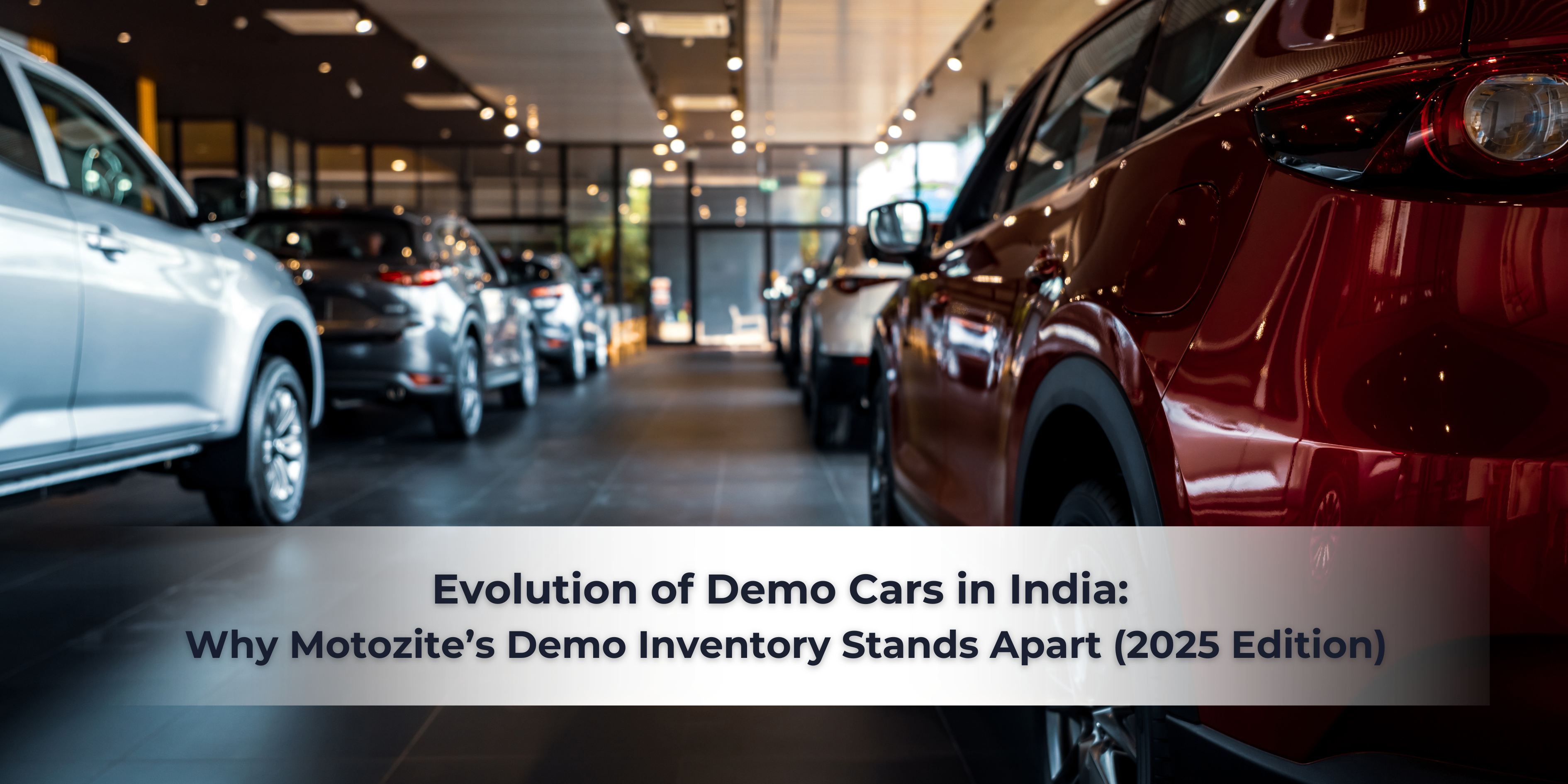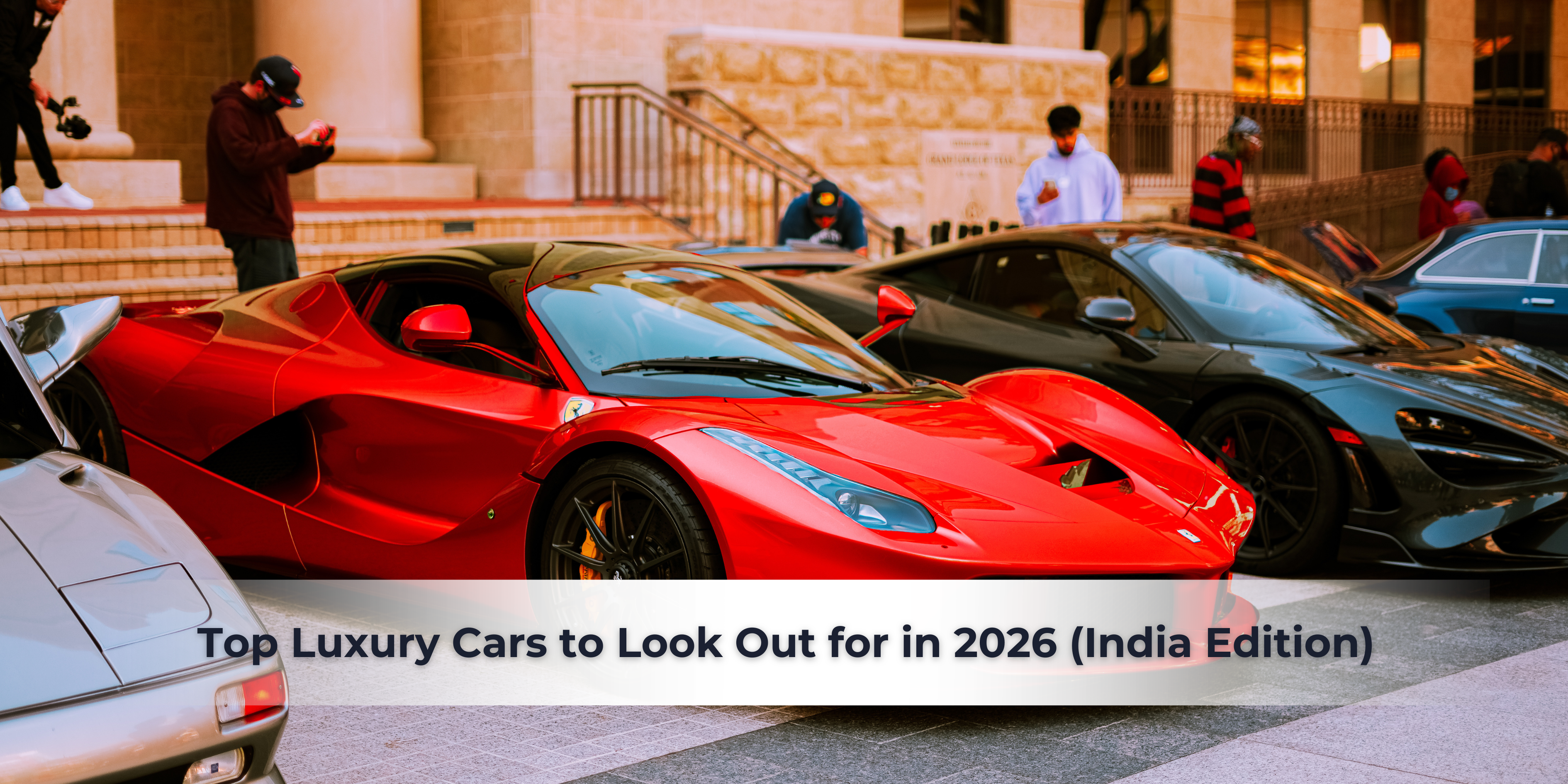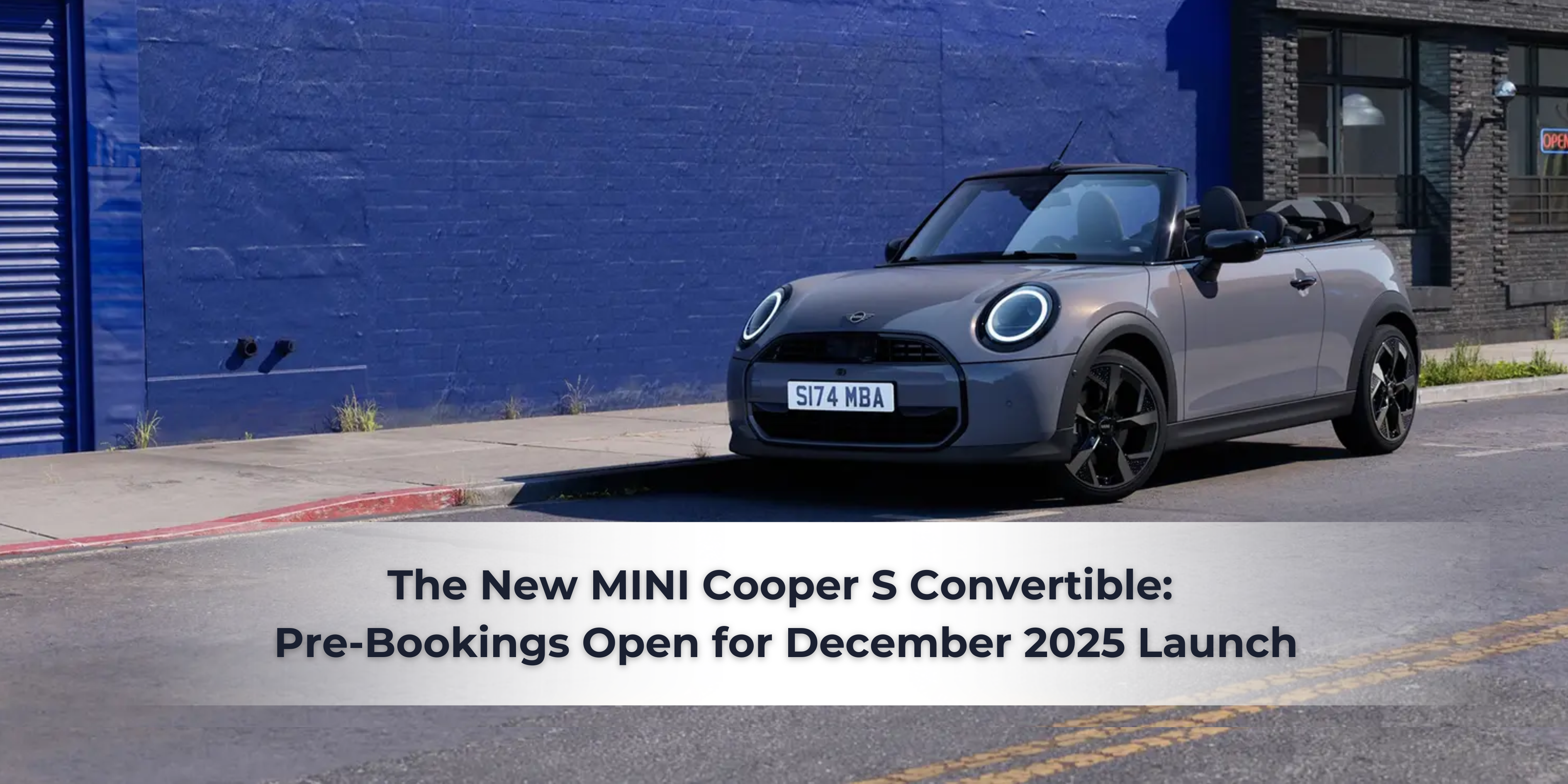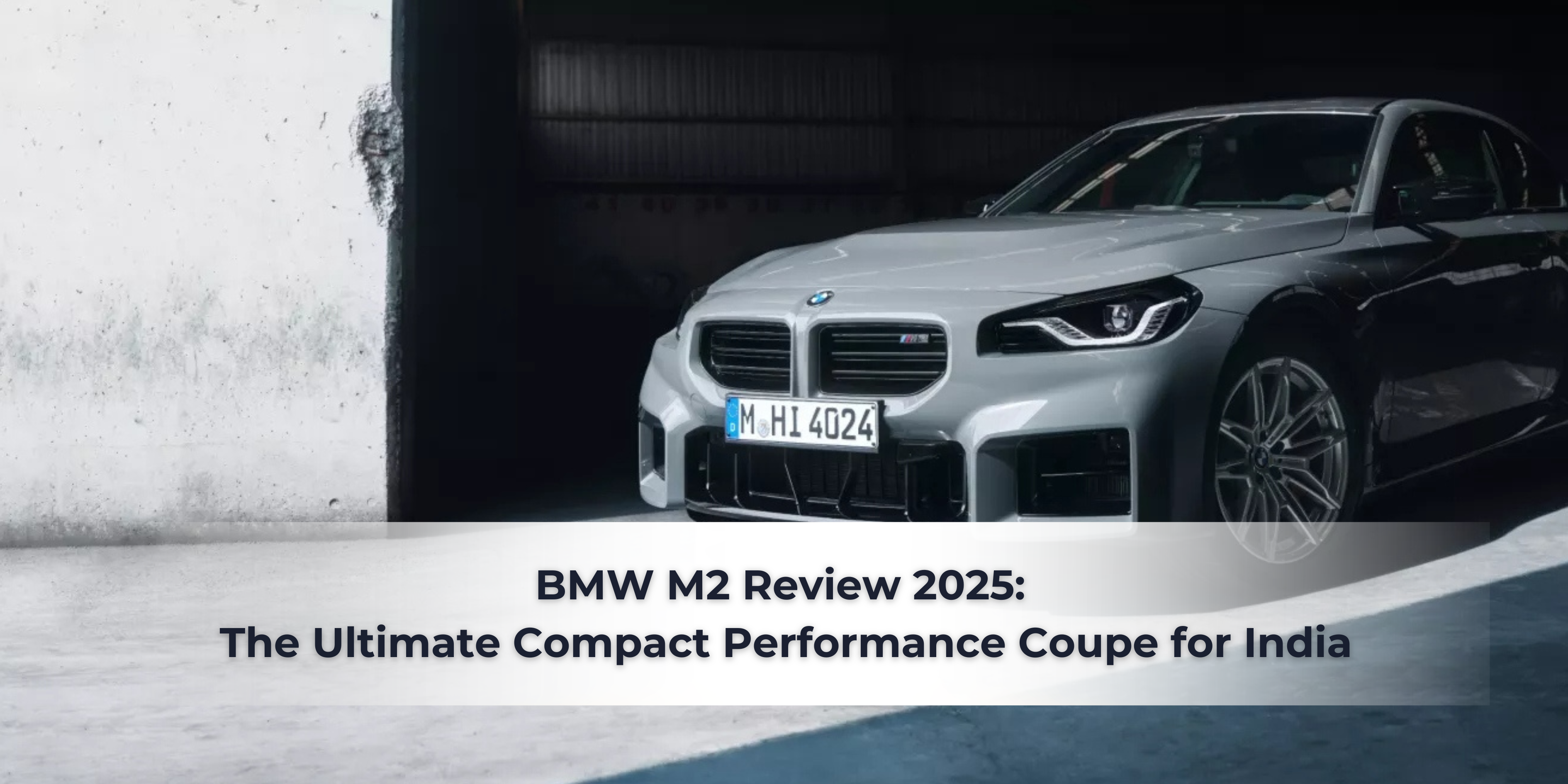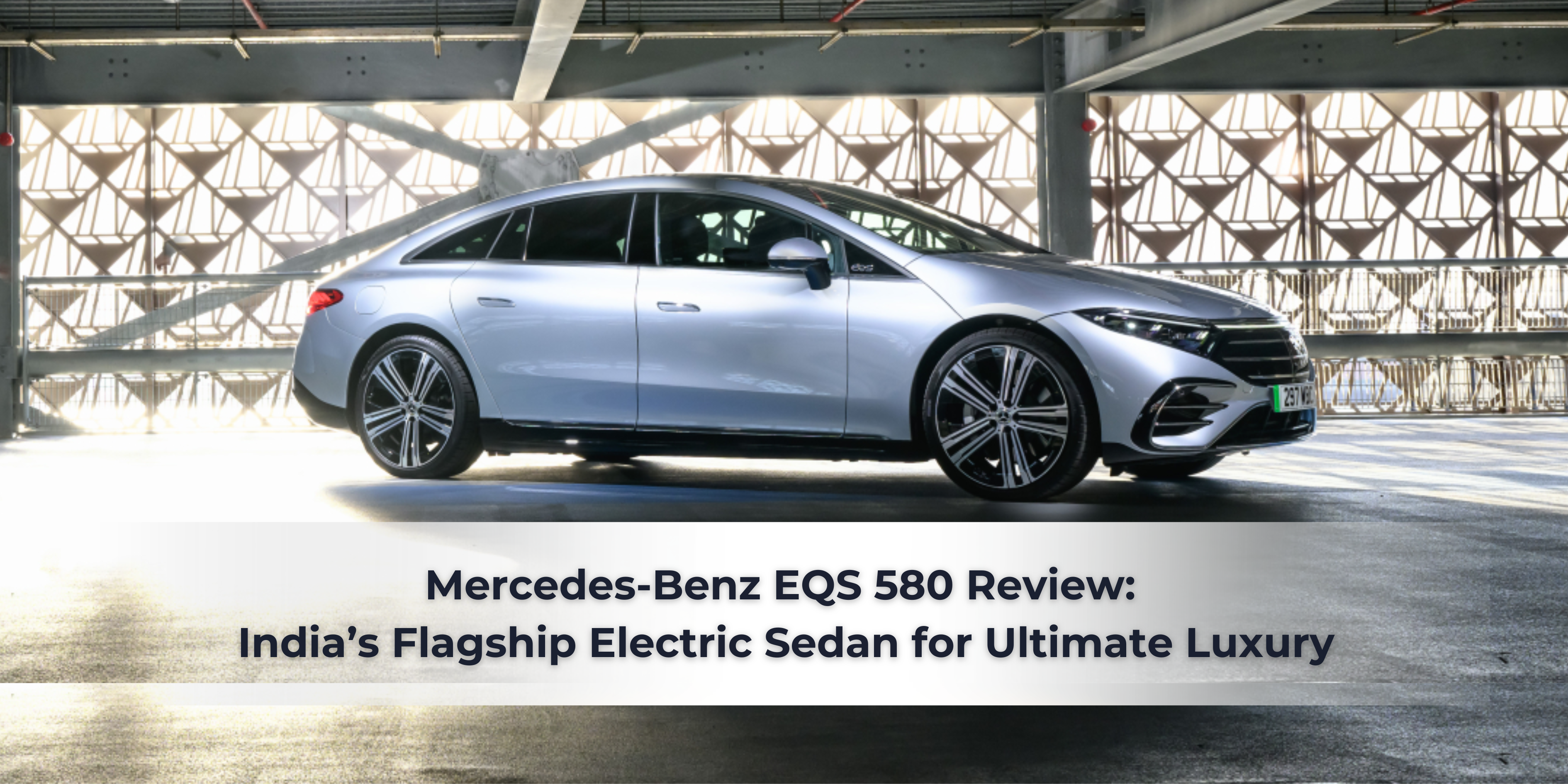The Evolution of Bentley: From Racing Heritage to Royal Luxury
Bentley began as W.O. Bentley’s engineering dream in 1919 and became world-famous through endurance racing, coachbuilt luxury, and hand-crafted craftsmanship. A series of pivotal moments-five Le Mans victories in the…



